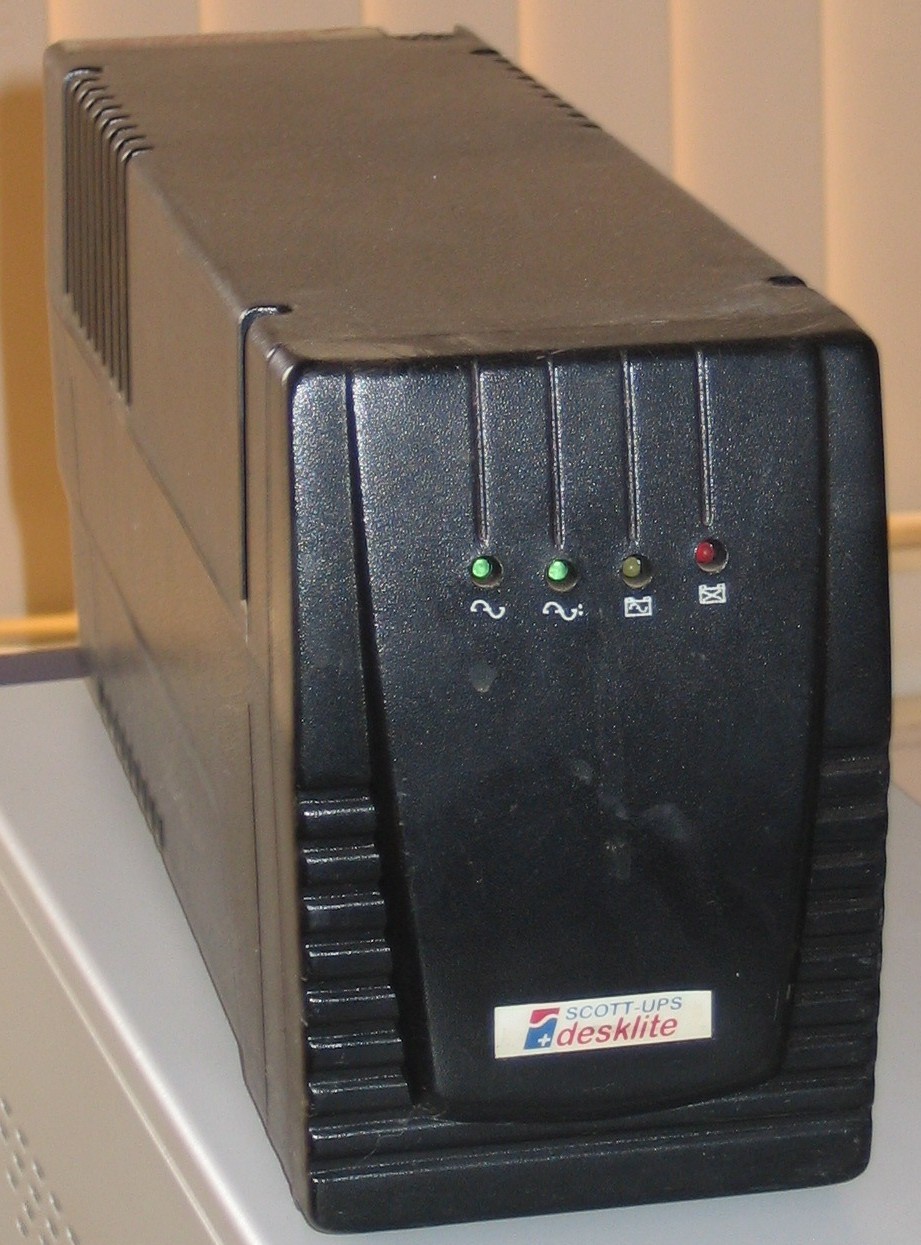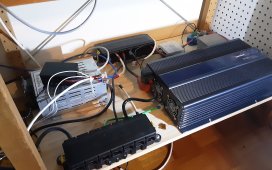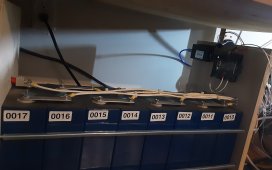John Frum
Tell me your problems
- Joined
- Nov 30, 2019
- Messages
- 15,233
My bad.For the 12awg low current appliance fuse block wire I planned to use ring terminals to connect to the fuse block.
Not firing on all cylinders today.
Sounds like you have it covered.The 10awg is solar extension wire from the panels to the SCC. I plan to use small rings terminals to connect to the DPST on both sides (DPST switch I found has small screw connections that I seem to like better than a switch with spade connections). Then I'm using the 10awg ferrules to go into the SCC.
Actually it sounds like you have weapons grade autism.
That is a good thingTM for this pursuit.






